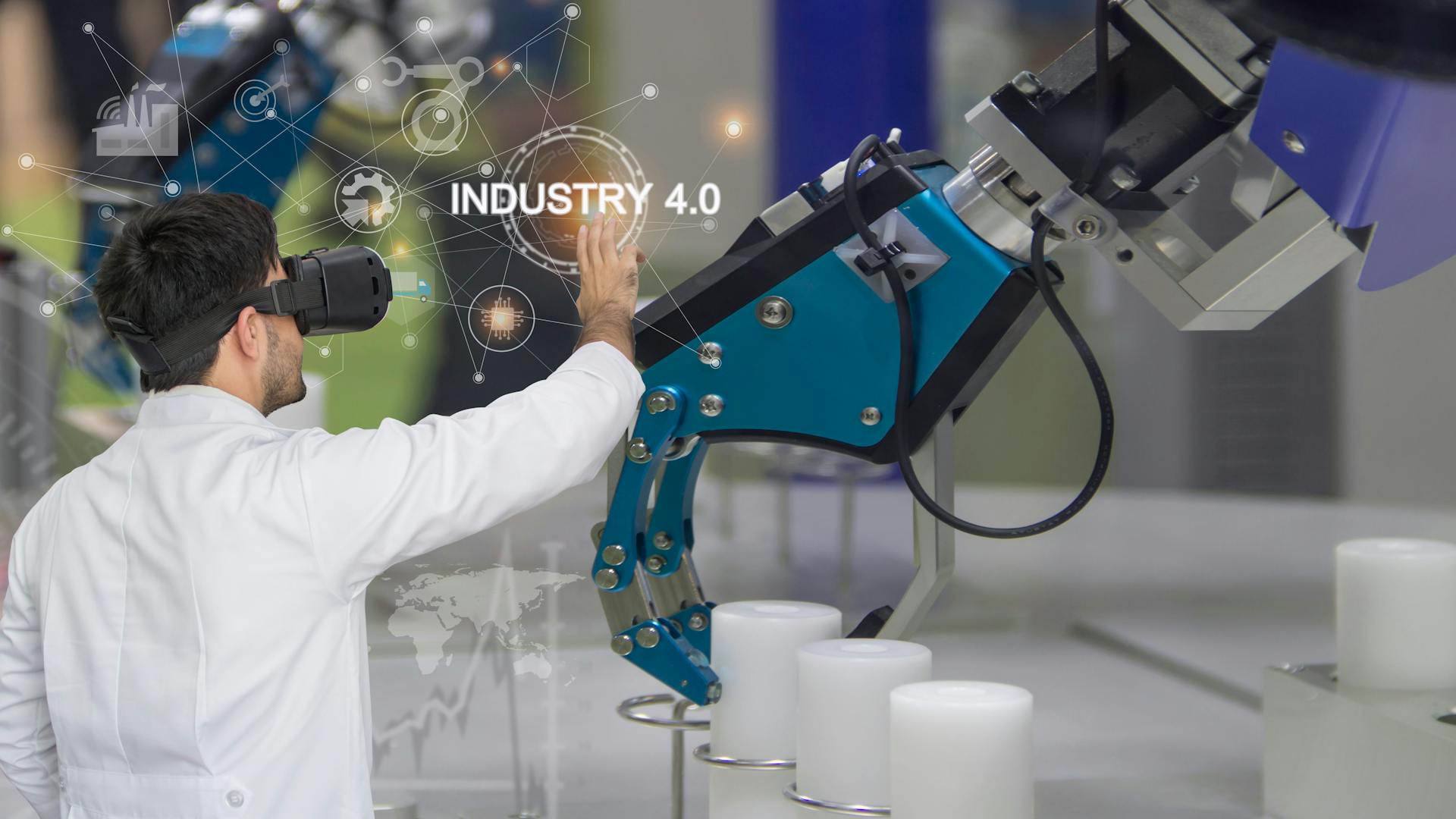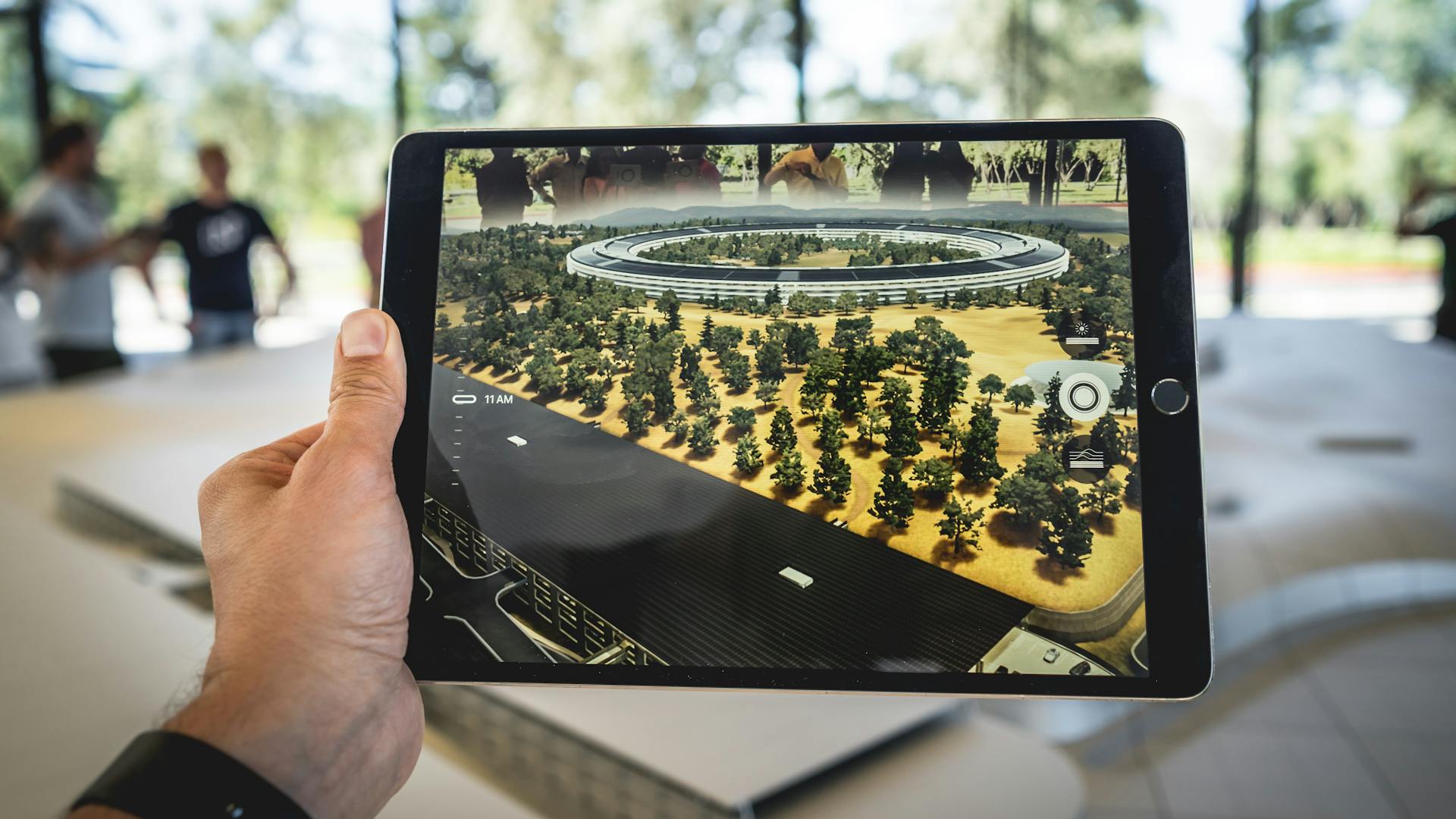What is the difference between VR, AR and MR?

Virtual reality has become an integral part of our lives in 2023. Many companies from different sectors are also taking advantage of the benefits of VR. Nowadays, there are three variations of simulated reality: VR, AR and MR. In this article, we will tell you what the differences are between VR, AR and MR and when best to implement which variation.
Virtual Reality (VR)
Virtual Reality gives the user the feeling of being mentally and physically in another (virtual) world. Often the user wears VR glasses. These glasses allow you to look 360 degrees around you and experience everything in 3D. There are even VR devices hat virtually stimulate the sense of smell and taste. The possibilities with Virtual Reality are therefore endless. With Virtual Reality, users can, for instance, take a look at their newly built homes. Virtual Reality can also help you design buildings. Virtually, you can then walk around the building and make adjustments directly. Moreover, VR is a good way to conduct simulated training. Think of training personnel in industry, logistics or safety. Working safely along the roadside is also a good example of a form of training where VR has been applied. This VR training simulates practical situations and provides training in a safe and realistic way.
Augmented Reality (AR)
Augmented Reality (AR), or added reality, is an addition to reality. You see the world with an extra layer of information over it. This can be done, for example, by using an application on your phone or tablet. With the help of an app, extra information is added to our world. So you see a combination of the real world enriched with virtual elements.
A well-known example where AR has been applied is Pokémon GO. The game works entirely based on your location in the real world. A Pokemon appears on your phone and then you can catch it. The filters on Instagram are another example of Augmented Reality. In retail, it is also used regularly. For example, IKEA has developed an app where customers can virtually place their potential purchase in the kitchen or living room beforehand. And major car brands such as BMW are also using AR. This often starts when designing new models. It allows you to view 3D models directly in full size, without having to make the physical model first. This, in turn, is cost-saving!
The training industry is also already using this added reality. When using AR, on-site employees can get additional information needed at that moment. Experienced employees can also watch less experienced employees and this way help them solve specific problems.

Mixed Reality (MR)
Mixed Reality is in fact a combination of Virtual Reality and Augmented Reality. The user sees the real world enriched with digital elements. In Mixed Reality, users actually interact with the virtual elements. The virtual world becomes part of reality and the boundaries between the physical world and the virtual world blur.
An example of MR is, for example, a hologram. Mixed Reality helps to optimize business processes. Think of business processes such as prototyping, marketing & sales or training & education. Again, the applications are endless. For instance, it is possible to have an expert watch remotely during a repair or operation. MR is also a good application for science. NASA, for instance, has developed the OnSight program together with Microsoft. This program allows scientists to virtually walk on Mars through simulation!

